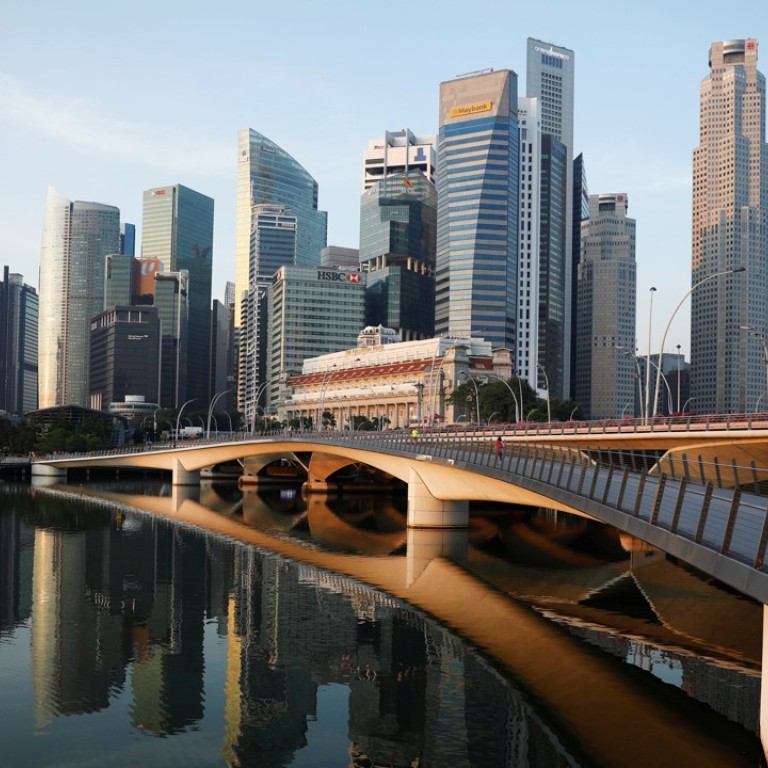
Singapore eyes new talent, R&D strategy amid demographic changes in Asia
Singapore needs to groom talent, plan ahead, and invest in strategic technologies and services to quickly adjust to the demographic trends shaping economies in Asia, according to the city state’s finance minister.
“Technological changes will be very significant in this part of the world,” Heng Swee Keat, the country’s Minister of Finance, said on Tuesday at the 30th anniversary global conference of Vertex Ventures – the venture capital arm of Singapore government-owned investment company Temasek Holdings.
“We need to have a better understanding of the rising middle class and the demographic changes that are taking place,” said Heng, who is often touted as one of the potential successors to Lee Hsien Loong as the country’s prime minister.
He said Singapore must have a “longer term view” to invest and prepare for changes that may take place beyond the next five to 10 years. He cited Asia’s changing demographics, such as the ageing population in some markets and younger people in others, as the catalyst to put more resources into areas like health care and education.
His comments have come amid the escalating trade war between Asian neighbour China and the United States. Beyond having an impact on imports and exports, tensions between the world’s two largest economies also affect the flow of investments and human capital around the world.
Major economies in Asia, such as Singapore, South Korea and Japan, are deeply plugged into the vast global supply chain, which means they are likely to take a big hit should the tit-for-tat trade dispute deepen further.
Last month, US President Donald Trump announced a 10 per cent tariff on Chinese imports worth US$200 billion annually. That followed two previous rounds of 25 per cent tariffs on shipments worth US$50 billion a year.
Technological changes will be very significant in this part of the world
China last month retaliated with a 5 to 10 per cent levy imposed on US$60 billion worth of American goods.
Heng said the Singapore government must look beyond the strategic bets that it has made based on consultation and forward-looking plans.
“It’s not possible to say technology x, y or z will be the winner in 10 years’ time … We don’t assume or pretend that the government knows everything,” Heng said. “The command economy has not worked.”
The country had earmarked US$19 billion for its five-year Research, Innovation and Enterprise 2020 Plan, which covers the period from 2016 to 2020. This plan includes investments in advanced manufacturing and engineering, health and biomedical sciences, urban solutions and sustainability.
Venture capitalists can also contribute by taking risks and investing in companies, Heng said. That means helping foster an environment of innovation in the city, while grooming new talent.
“Different enterprises will need different types of funding with different risk profiles,” he said. “The greatest value add [from VCs] is not just the money, but also the experience they are able to bring to start-up companies … to have a more macro view.”
Heng dismissed concerns of a brain drain happening to Singapore, saying a flow of talent across the world will help facilitate an “exchange of ideas”.
“What’s important is the vibrancy of the people [coming in and out] and the connections we can make out of that flow,” he said. “We have every intention of growing talent and also look at how we can bring in some of the best talent around the world to work with us.”

